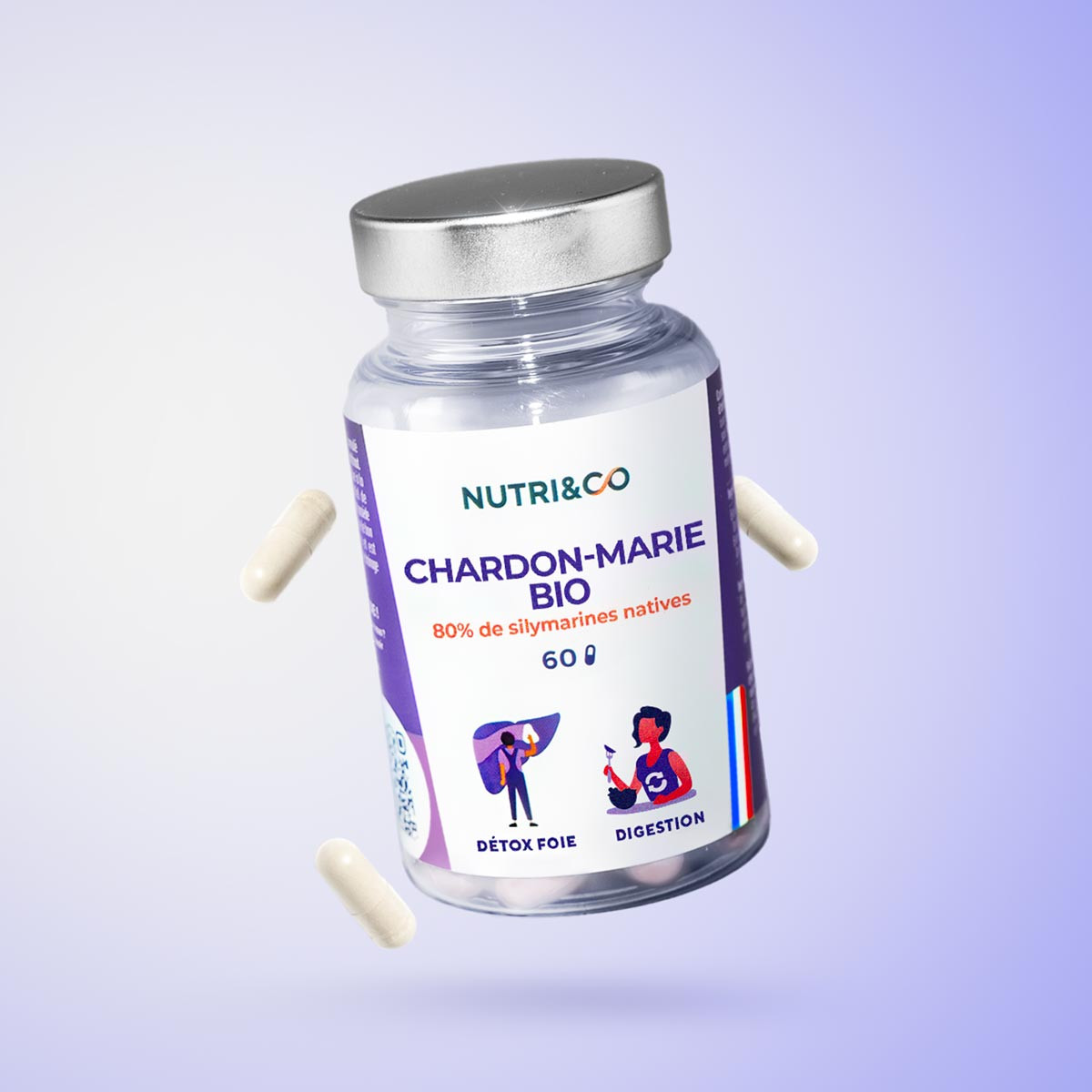
(103)
Chardon-Marie
€19.90
- The organic extract with the highest concentration of active compounds
- Standardized to minimum 80% native silymarin
- A clinically effective dosage in 2 capsules
- Contributes to normal liver function
- Promotes elimination and drainage of toxins
Chardon-Marie
€19.90
Paiement
sécuriséLivraion offerte
dès 69€ d'achatLivraion
en 48hFaites des
économiesParrainer
un procheRécompenses
fidélité









